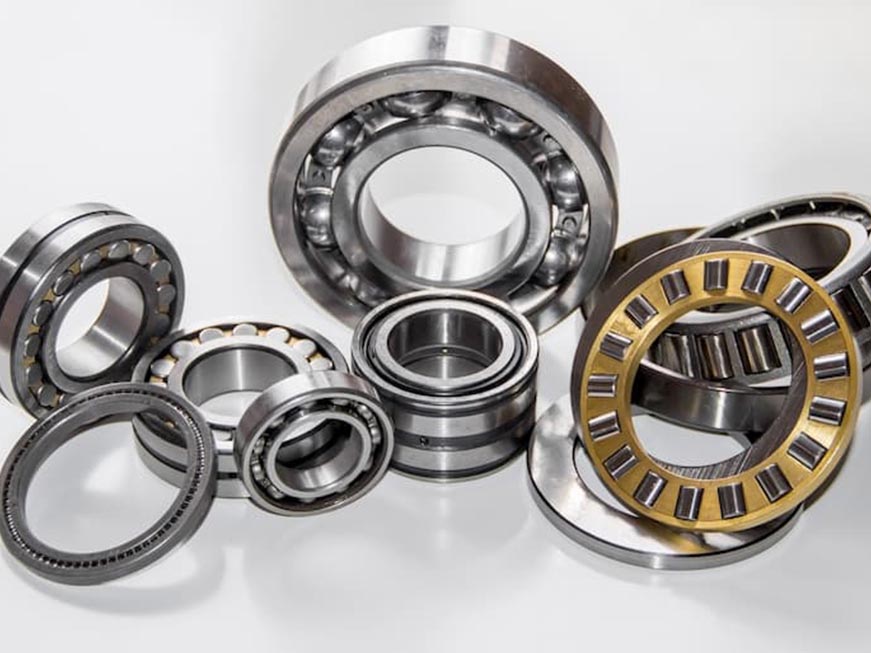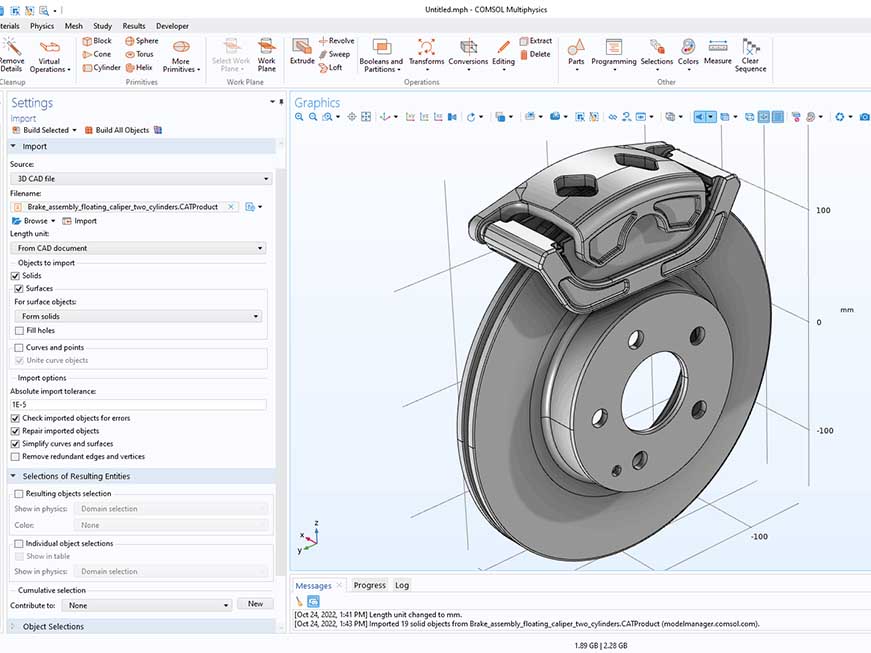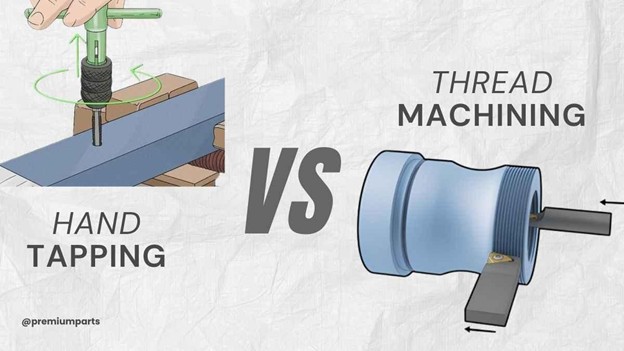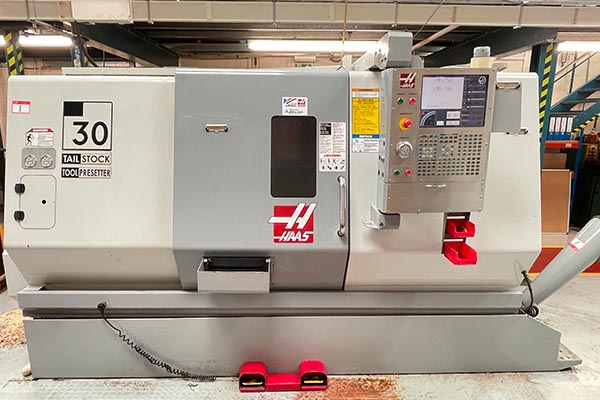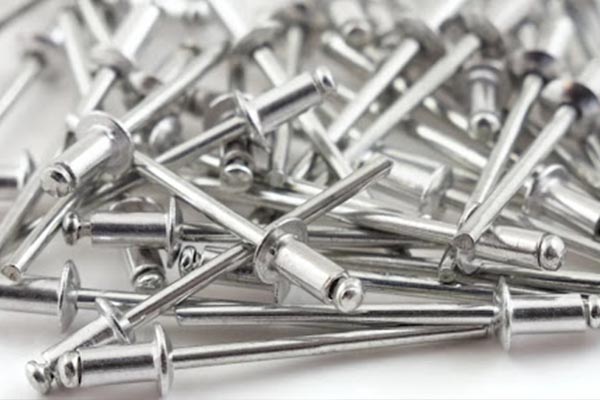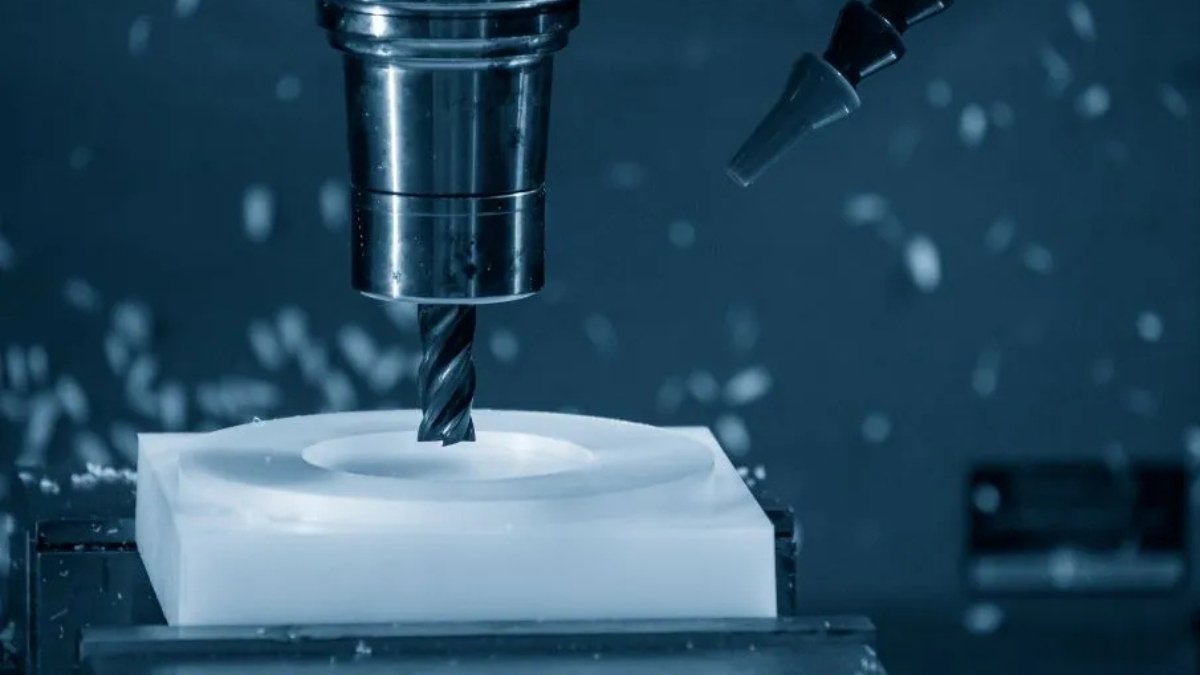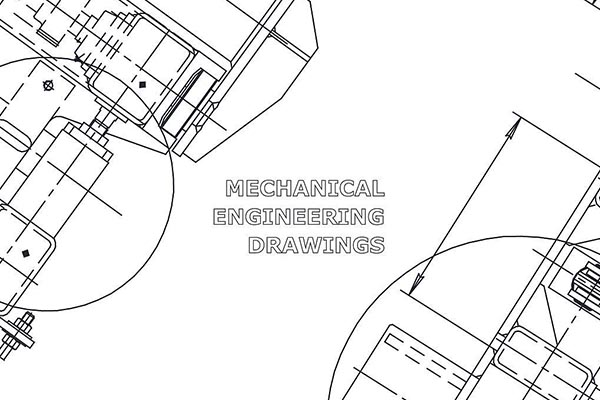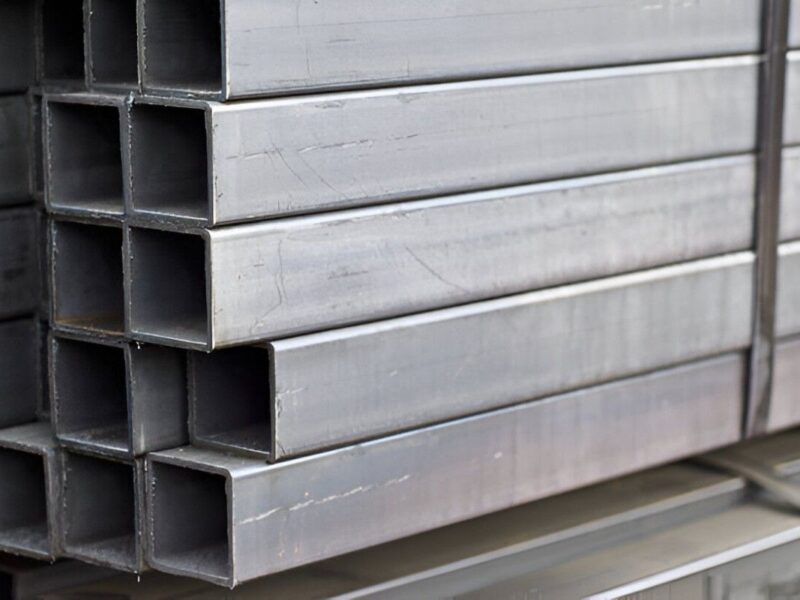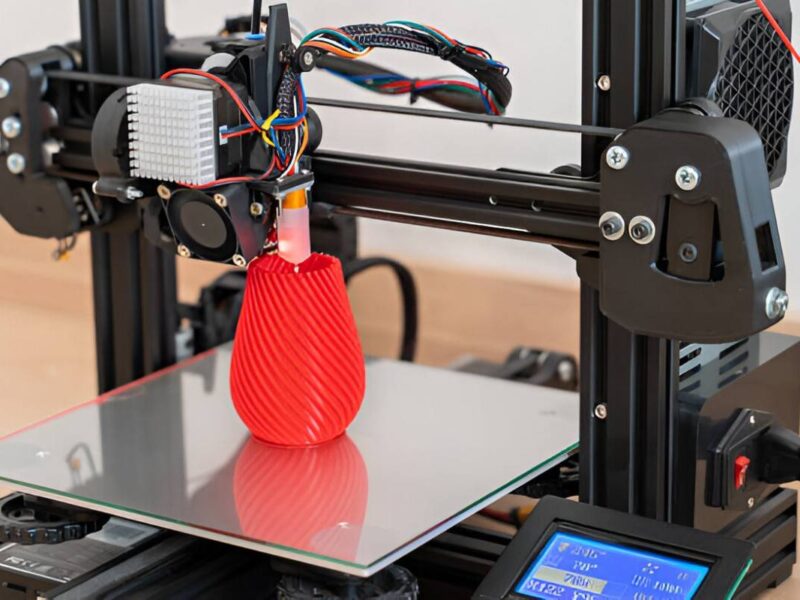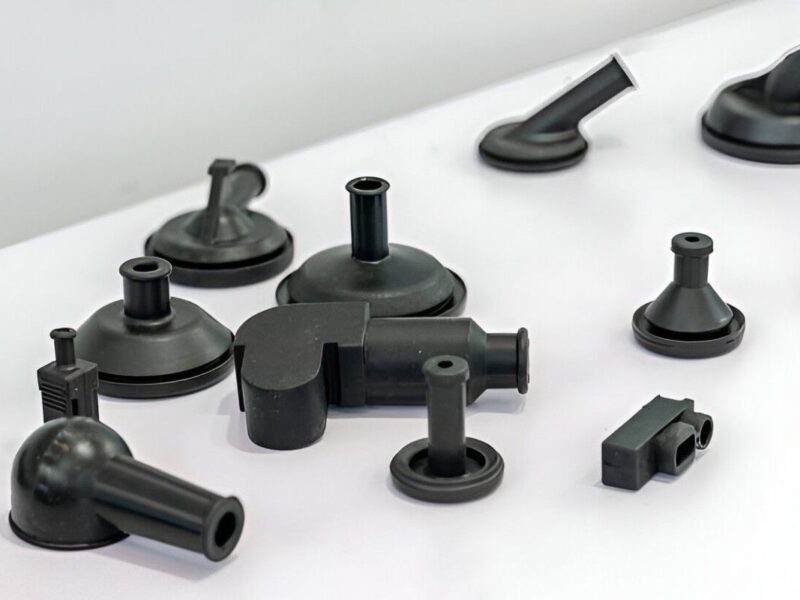Nickel plating, a surface finish treatment, demands close attention. The fact is that it is a metal finishing method that often doesn’t receive the attention it deserves. However, if you’re looking for components that resist corrosion and wear and still have that sharp look, nickel plating is a go-to solution.
If you work in automotive, aerospace, electronics, or manufacturing, understanding the nuances of plating can really change your product.
Specifically, in this guide, we break down what nickel plating consists of, the pros and cons, and a discussion of different types. We’ll also discuss the use cases and make smart, cost-effective decisions related to metal parts finishing.
What Is Nickel Plating?
Nickel plating is, at its essence, the application of a thin layer of nickel over a metal surface. In other words, it is like wrapping the part in a shield, a shield of protection from rust, scratches, chemical exposure, and thermal degradation.
Nevertheless, that is not the whole story, and it is not just about aesthetics.
Nickel plating can:
- Extend the life of the part more effectively.
- Furnish resistance to wear.
- Improve electrical conductivity.
- Enhance solderability.
- In some formulations, it can also reduce surface friction.
Industrial plating can be divided into two main types:
- Electrolytic
- Electroless
Above mentioned techniques differ in terms of their chemistry, application, coverage, and performance characteristics. Choosing one or the other, in this case, isn’t a matter of guesswork; it’s deciding on a function vs. form and cost vs. performance.
Why Opt for Nickel Plating?
Nickel plating provides performance enhancement. It is perfect when demanding applications call for metal parts to have a serious edge. That’s why more and more manufacturers across industries swear by it.
Corrosion Resistance
The layer formed by nickel protects the base metal from moisture, chemicals, and air. Nickel plating provides components with immense protection against rust and degradation. As a result, their service life increases significantly, whether in harsh outdoor or corrosive industrial environments.
Wear Resistance
Surprisingly, unprotected metal wears down very quickly in high-friction or repeat motion environments. A hard and abrasion-resistant surface minimizes mechanical wear; nickel adds a hard, durable coating. This is why it takes top place as the go-to for tooling, machinery parts, and automotive components.
Aesthetic Appeal
In addition to its protective benefits, nickel plating also aids in aesthetic appeal. Parts have a sleek finish of a smooth, metallic surface that either has a more matte, industrial look or a high-gloss, decorative appearance.
Improved Conductivity
Similarly, in electronics, component efficiency matters a lot. With its good conductivity, nickel is often used in applications as connectors, terminals, and PCB pads because reliable electrical flow is vital.
Enhanced Solderability
Plating a part is helpful if that part is later soldered. The clean, strong solder joints that it produces are without oxidation or surface impurities and mess. And that makes for easier assembly and more dependable electrical connections.
Types of Nickel Plating
Now, let’s discuss the most frequently used types of nickel plating techniques and evaluate the pros and cons and ideal applications of each type of nickel plating.
1. Electrolytic Nickel Plating
The way I define this process is an electrical current depositing nickel ions from a solution onto a metal surface.
How does it work?
A part is submerged in a bath with a nickel salt solution. They pass an electrical current through and pull nickel from the anode. Then, place it onto the cathode (your part).
Applications
Typically, this type is used where:
- Controlling thickness is not critical.
- Cost is not a factor.
- General-purpose nickel plating is required.
Pros
- It is economical for high-volume parts
- It’s a quick process
- It offers high brightness and cosmetic appeal
Cons
- Coverages may be non-uniform on complex geometries.
- Needs line-of-sight for uniform deposition
- Edge buildup is common
In the automotive, electronic, and consumer goods industries, the use of electrolytic is known because of the need for speed and aesthetics.
2. Electroless Nickel Plating
Meanwhile, electroless nickel plating is different from its electrolytic counterpart. It uses a chemical reaction to deposit nickel, not electricity. The result? Even in hard-to-reach areas, we will get a perfectly uniform coating.
How does it work?
The part is placed in a bath with nickel salts and reducing agents. The chemical reaction plates nickel evenly across the entire surface.
Application
This type is best for:
- Complex-shaped components
- Parts with high surface finish requirements
- Components with extremely close tolerances
Pros
- Excellent coverage of internal features and recesses
- Superior corrosion and wear resistance
- Uniform thickness across all geometries
Cons
- More expensive than electrolytic plating
- Slower deposition rate
- Requires precise bath chemistry control
Electroless nickel plating works with all such materials where failure is not an option, such as aerospace parts, medical devices, military equipment, and precision tooling.
Electroless Vs Electrolytic Nickel Plating: Key Differences
Here is a detailed comparison of electroless and electrolytic nickel plating for better understanding.
| Feature | Electrolytic Nickel Plating | Electroless Nickel Plating |
| Process Type | Electrochemical | Chemical |
| Uniformity | Poor on complex parts | Excellent |
| Cost | Lower | Higher |
| Corrosion Resistance | Moderate | Excellent |
| Hardness | Moderate | High (with phosphorus) |
| Surface Finish | Bright, reflective | Matte or semi-bright |
| Use case | Decorative and simple parts | Complex and high-performance parts |
So which one’s better?
Electroless nickel plating will give you uniformity and corrosion resistance if you require such. Electrolytic, on the other hand, is a more economical and speedy option if you’re after affordability and speed.
Applications of Nickel Plating
In fact, nickel plating touches every area and almost every industry. It literally shines right here.
1. Aerospace Components
In the aerospace industry, performance is high strength, low weight, and surface integrity is mission-critical. For instance, aerospace components benefit from uniform coatings provided by electroless nickel plating on tight tolerance parts such as:
- Hydraulic systems
- Landing gear components
- Flight control parts
Corrosive jet fuel, hydraulic oils, and the change from thermals do not affect it.
2. Firearms and Tactical Equipment
Have you ever heard about gun nickel plating? It’s not just for looks. In extreme field conditions, firearms plated with nickel are resistant to wear and corrosion. It:
- Blocks sweat, humidity, and dirt.
- Creates a smooth, low-friction finish.
- Increases the durability of slides, barrels, and triggers.
In addition to this, the black electroless nickel plating is also becoming increasingly popular for tactical aesthetic reasons, with no glare.
3. Medical and Dental Devices
Nickel is a smart choice for implants, surgical tools, and diagnostic equipment, as it is compatible with the body and does not corrode.
It is useful as it:
- Provides a sterile, inert surface
- Withstands autoclaving and chemical sterilization
- Resists bodily fluids and saline.
4. Electronics and Connectors
Due to its high conductive ability and solderability, nickel is suitable for:
- PCB connectors
- Battery terminals
- EMI shielding enclosures
Nickel also performs as a diffusion barrier, especially when combined with gold plating, so it is useful for high-frequency or high-temperature environments to improve reliability.
How to Do Nickel Plating? (The Industrial Way)
This is not a DIY-friendly process except for using a basic nickel plating kit for limited, small-scale hobby use. Industrial setups require the following steps.
Surface Prep
The parts must be cleaned meticulously by degreasing and acid etching to remove oxides and contaminants.
Activation
A pre-dip or strike layer may be used for activation by improving adhesion.
Plating Bath
The control bath comprises the core solution, electrolytic or electroless, as the case may be. It is maintained at the precise temperature, pH, and concentration.
Post Treatment
Parts are rinsed, dried, and often (depending on the process) heat-treated to increase hardness and structure, then plated.
How to Clean Nickel Plating?
Due to their strength, nickel coatings face potential damage. Careful cleaning methods are needed for nickel-plated surfaces. Here are some tips:
- Avoid Abrasives: Microfiber and soft cloths serve as effective cleaning tools for nickel coatings.
- Use Mild Cleaners: Clean it by using weak detergents without bleach or forceful acids.
- Dry Thoroughly: Surface oxidation and spotting occur during drying, so prevent them.
Industrial equipment requires either ultrasonic cleaning or vapor degreasing methods as the preferred cleaning procedures.
Nickel Plating Solution: What’s Inside the Bath?
Good nickel plating starts at the tank, not the part. The secret? A carefully balanced chemical bath. It’s all about what is in the tub, regardless of whether you’re doing a standard electrolytic process or electroless nickel plating.
Here’s a breakdown of key components:
Nickel Sulfate
This is your main workhorse. The nickel ions are the real coating, and the coating is provided by this. It is a raw material for your metal layer that you can make on clean glass. But too much deposit becomes rough. Not enough, and you’re waiting for eternity to obtain buildup.
Nickel Chloride
The flow and the function are this one. Electrical conductivity is improved, and the anodes dissolve well in electrolytic plating. You can get stressed or brittle coatings; however, balance is key.
Boric Acid
Here to keep things calm. The role boric acid plays is to act as a buffer to help maintain the pH of the bath stable, which is required to achieve consistent, high-quality plating. If you don’t get it, you will likely get peeling, bad adhesion, or strange surface textures.
Sodium Hypophosphite (for Electroless Baths)
No electricity? No problem. This reducing agent initiates the chemical reaction, kickstarting the deposition of nickel in the part of electroless nickel plating. It also has a controlling influence on the amount of phosphorus present in the layer (which affects things like corrosion resistance and hardness).
Why Monitoring Matters?
Half the job is a well-built bath. Tight control of temperature, pH, ion levels, and contamination levels will deliver real plating performance. When there is inconsistency in the baths, rework, rejects, and lost precision can occur, and costs nobody wants to pay.
Nickel Plating Kits: For Prototyping and Hobby Use
If you have an R&D lab, students, or a small fabricator, then a kit provides a low-cost and compact way into surface finishing. Most kits include:
- Nickel anodes or salts
- Power supply
- Beakers or tanks
- Safety gear
But keep in mind:
- Coverage is limited
- Control is difficult
- Not suited for mission-critical parts
However, you should always trust a professional nickel plating service when it comes to production-grade work.
Why Choose Premium Parts for Nickel Plating?
Premium Parts is widely known for providing custom, high-performance surface finishes to your industry.
Here’s what makes us different:
- Includes both electroless and electrolytic options that match your use case.
- Precision control for uniformity, thickness, and adhesion
- Fast turnaround time for CNC prototyping and low-volume production.
- Full machining and plating service all in one, under one roof
- ISO-certified processes and rigorous QC standards
We’ve got the capability, chemistry, and consistency to make custom aerospace brackets, gun barrels, and PCB connectors.
Final Thoughts
Nickel plating goes beyond a shiny finish and is, in fact, a critical surface treatment. A slight mistake can risks for function, durability, and safety.
Your choice will often determine whether you receive an electroless nickel plating service for corrosion resistance or an electrolytic finish for decoration, quickly.
Select a plating partner who is aware of your part’s mechanical, chemical, and aesthetic requirements. Expert engineering is brought to every finish here at Premium Parts.
Need a quote or technical consultation?
Let’s discuss ways in which we can increase your product’s life, one micron at a time.
FAQs
Q1: Which materials can be nickel-plated?
Steel, brass, aluminum, copper, and most metals.
Q2: How long does nickel plating hold up?
Their thickness and environment depend. Under normal conditions, nickel coatings will last several years in general.
Q3: Will a nickel plating kit enable me to do nickel plating at home?
Yes, but DIY kits can never have the same level of precision or durability as industrial methods. Professional services are recommended for high-performance parts.
Q4: Can I request custom finishes?
Absolutely. You have the option of satin, bright, or black electroless nickel plating.


